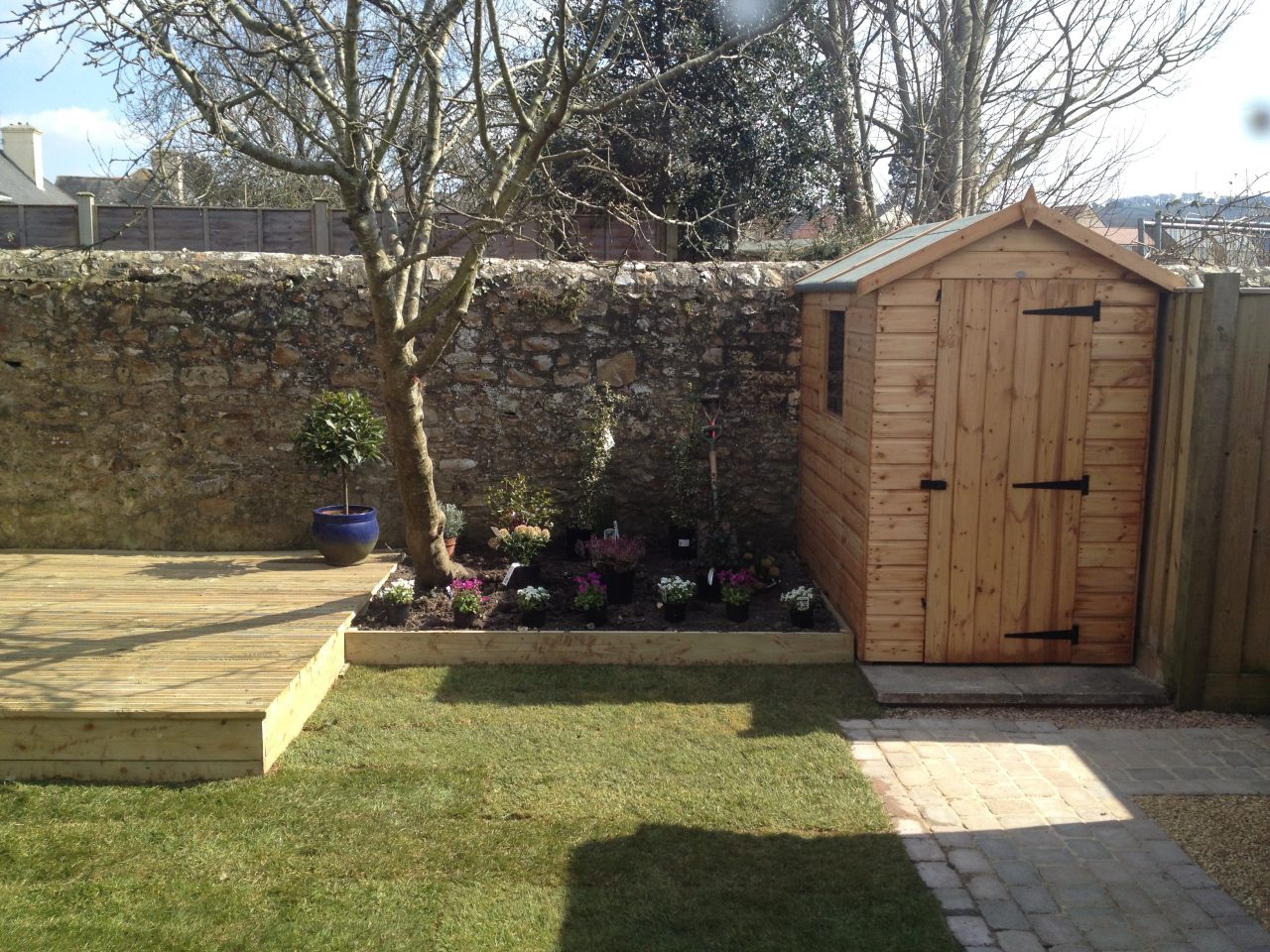Many people care about cultivating whatever garden space they have when moving into a home, because not all properties have access to one, so we shouldn’t take it for granted if we’re lucky enough to have ownership. But it’s also true to say that gardens are rarely overly easy to manage. After all, this green space is a little slice of nature that takes time to cultivate, and which would like nothing more than to grow, grow, and grow all over your best laid plans.
Regular maintenance and installing the implements that help you transition it from natural backdrop to staging area, a beautiful place to entertain, and a means by which to grow vegetables and flowers does take a little bit of effort to achieve. Thankfully – gardening is one of the most nourishing activities you can take part in. But to get started, we will need to consider what tools and implements we will need to make the most of such a space. In this post, we hope to help you with that, using three helpful and direct examples. Let’s get started:
Divide The Space
Dividing the space, with exact dimensions, can help you understand which parts of the area to define via a certain purpose. For instance, railway sleepers can be the perfect boundary to stage an area for tilling the soil and planting vegetables. It can also help you provide a stable ground to place netting over them as they grow, to prevent hares and rabbits from chomping on your harvest before it’s fully grown. With a division and exacted space, you can more easily calculate rows, and how much volume you have room for.

Implement Sheds, Staging & Storage Areas
It’s healthy to implement a shed that can store your garden tools when needed, hanging them in order so you always know where they are and can lock them up at night. You’ll also find that installations like a greenhouse can also help you with your planting duties, or give you space to grow tomatoes and other vine fruits. A nice table or bench you place outside can also give you room to pot plants, or commit to any other work that you need a level surface for.
Consider Essential Fixtures
Sometimes, garden utility is best aided by the fixtures you place for convenience rather than those you utilize for another purpose. For instance, a garden path can help you avoid treading on your turf when it’s overgrown, or during the winter when wet weather can leave your garden to become muddy if not treated right. It will also help you plan your garden more easily, helping you divide the space into two separate areas as we had discussed before. In this way, you’ll feel much better off.
With this advice, we hope you can more easily improve any garden’s utility for the better.









No Comments